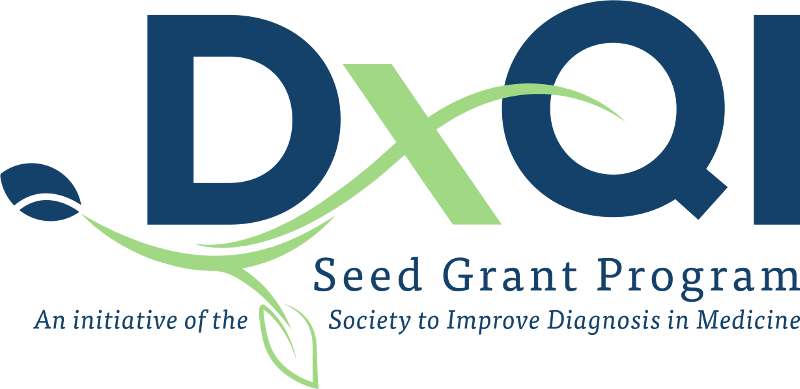
Grantee Projects
The Society to Improve Diagnosis in Medicine (SIDM) has awarded the second of three grants as part of the DxQI Seed Grant Program. Each DxQI grantee receives up to $50,000 to test specific interventions designed to improve the quality, accuracy, and timeliness of diagnoses and reduce harm from diagnostic error.
Browse projects by organization/institution:
-

Beth Israel Lahey Health Primary Care
Closed Loop Cancer Screening Tests Ordered During Virtual Primary Care Visits for High-Risk Patients
Location: Needham, Massachusetts | Category: "Big 3” Diseases / Disparities-focused
Beth Israel Lahey Health Primary Care will develop and implement a Community Health Navigator model in which the navigator performs data-driven outreach to specific high-risk primary care patients who are at risk of a missed or delayed cancer screening test ordered during a virtual visit. The primary goal is to enhance loop closure on these virtually ordered cancer screening tests. A secondary goal is to improve primary care provider's ability to provide equitable care by addressing any social determinants of health needs identified by the Community Health Navigator that may impact cancer screening test loop closure for these patients.
During the six-month intervention period, they aim to increase by 25% the number of completed cancer screening tests (breast, cervical, colorectal, lung, prostate) performed during virtual visits for this project’s high-risk patient cohort.
-

Brigham and Women’s Hospital
Improving Colposcopy Rates for Women Screened for Cervical Cancer: Actively Managing Care Among Women at Risk
Location: Boston, Massachusetts | Category: "Big 3” Diseases / Disparities-focused
The aim of this project is to reduce the loss to follow up for abnormal Papanicolaou (Pap) and human papillomavirus (HPV) tests by 20% by June 2022 at Brigham and Women’s Hospital. A referral network will be implemented that will assist primary care providers to obtain appropriate follow-up for their patients with abnormal Pap and HPV test results. To streamline referrals for colposcopy, a nursing and patient navigation network will be established to triage patients according to risk, reduce barriers to compliance, and interface with patients to get the care they need to prevent cervical cancer. Furthermore, educational initiatives for patients and providers will be implemented so that they better understand the nuances of management of abnormal Pap and HPV testing for the prevention of cervical cancer.
-

Childrens Hospital of Philadelphia
Improving Communication of Diagnostic Uncertainty at a Quaternary Pediatric Hospital
Location: Philadelphia, Pennsylvania | Category: Disparities-focused
Diagnostic uncertainty, the perception of an inability to provide an accurate explanation of the patient’s health condition, increases the risk of diagnostic error in hospitalized patients if not communicated to families and across healthcare teams. Additionally, differences in clinician-patient communication have been implicated in health disparities in pediatric diagnosis. Improvements in the communication of diagnostic uncertainty have the potential to impact three primary drivers of diagnostic excellence: cognitive performance/diagnostic reasoning, patient/family engagement, and effective teamwork. The Children's Hospital of Philadelphia will pursue understanding and identifying opportunities for improvement in the communication of diagnostic uncertainty in general pediatric patients admitted from the Emergency Department. Over nine months, they aim for a 20% improvement in the communication of diagnostic uncertainty to both families and the members of the healthcare team. Collaborating with patients/families, they seek to develop and apply tools for discussing diagnostic uncertainty that meets the needs of their diverse, pediatric population during the transition of care.
-

Cincinnati Children’s Hospital Medical Center
Improving Communication of Diagnostic Uncertainty to Families of Hospitalized Children
Location: Cincinnati, Ohio | Category: Other
A key aspect of diagnostic excellence is communication with patients and families. However, communication of a diagnosis, or range of diagnoses, becomes increasingly more challenging when there is a high degree of diagnostic uncertainty or a lack of a unifying diagnosis for a patient’s symptoms. This project expands on established improvement work, which created a reliable process for identifying hospitalized children with uncertain diagnoses, to target persistent gaps in communicating diagnostic uncertainty to patients and families. The goal of this project is to engage the healthcare team, patients, and families to identify key elements of communication when diagnostic uncertainty is present and to reliably integrate this communication into clinical practice. Improving communication of diagnostic uncertainty to patients and families will give them the information needed to share potentially critical clinical observations, feel empowered to ask questions, and ultimately, to serve as engaged members of the diagnostic team.
Cleveland Clinic
Improving Follow-up and Resolution of Actionable Imaging Findings by Actively Engaging Patients
Location: Cleveland, Ohio | Category: "Big 3” Diseases
The goal of this project is to improve the follow-up and resolution of actionable imaging findings, in particular those with high potential for malignancy, by increasing patient engagement in the process. Currently, a robust database with actionable imaging findings exists and we will be working on methods to improve disclosure, notification, and reminders of these findings directly to patients. The aim is to enhance patient interaction throughout the process to help improve resolution of these potentially important findings.
-

Cook County Health
Improvement in Diagnostic Error for Limited English Proficiency (LEP) Patients in a Safety-Net Hospital With Automated Electronic Medical Record (EMR) Tool for Language Preference
Location: Chicago, Illinois | Category: "Big 3” Diseases / Disparities-focused
In the United States, people with limited English proficiency (LEP) are at risk for experiencing health care disparities in accessing health care and screenings. Persons with LEP perceive poorer patient–physician interaction relative to people who primarily speak English. Studies consistently show the negative health outcomes that these patients experience due to the barriers they encounter when interacting with their doctors and care team members, accessing interpreters, and addressing insurance concerns. The U.S. Census Bureau data on language diversity identified Cook County in Illinois has the third highest number of limited English-speaking households in the nation. The aim of the project is to decrease the incidence of diagnostic error of infections in (LEP) patients who speak Spanish by 50% in six months at John H. Stroger Hospital Emergency Department.
-
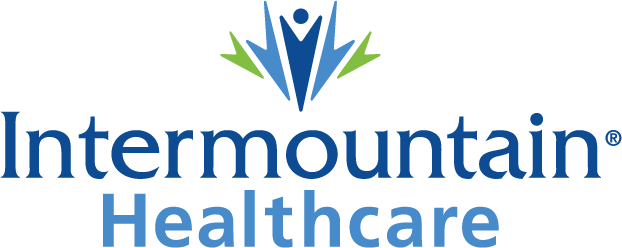
Intermountain Healthcare
Intimate Partner Violence Screening and Intervention in the Outpatient Obstetrics/Gynecology Setting
Location: Salt Lake City, Utah | Category: Disparities-focused
One in four women report experiencing severe Intimate Partner Violence (IPV) over their lifespan. IPV has been shown to affect health outcomes and cost of care—a hidden cost that is not always recognized. During 2020, Utah experienced increases in calls to domestic violence helplines, an increased number of people seeking emergency shelter, and increased domestic violence-related homicides over 2019. (Historically, more than 40% of all homicides in Utah are domestic violence-related.) They theorize that there is a lack of identification of IPV in many patients, representing a missed diagnosis in their female population. Intermountain will implement a standardized, operationalized workflow for IPV screening of female patients of reproductive age in clinics that offer OB/GYN care, with the goals of normalizing IPV conversations so patients can consider that their relationships may be affecting their health; start conversations with patients about their safety; and provide resources for help.
-

Lahey Hospital & Medical Center
Closing the Loop: Improving the Rate of Appropriate Lung Nodule Follow-Up Recommendations
Location: Burlington, Massachusetts | Category: "Big 3” Diseases
Lung cancer was the leading cause of U.S. cancer-related mortality in 2020. Early lung cancers may incidentally be brought to light via CT scans in acute settings, often manifesting as small nodules. Because a percentage of small nodules may be early treatable cancers, radiologists recommend follow-up studies to monitor for cancerous growth. However, baseline data show that lung nodules noted on CT scans are followed up appropriately only 50% of the time. The purpose of this project is to improve the rate of appropriate follow-up of these recommendations. They intend to accomplish this by tracking radiologist’s recommendations and sending reminder notifications for overdue follow-ups to clinical providers. While this initial effort focuses on lung nodules, the ultimate goal is to create a sustainable, more broadly impactful comprehensive radiology recommendation follow-up program to benefit all of the patients they serve.
-
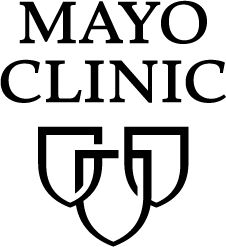
Mayo Clinic
Triggering HCM: A QI Initiative to Decrease Incidents of Missed Opportunities in the Diagnosis of HCM
Location: Rochester, Minnesota | Category: "Big 3” Diseases
Absence of specific imaging measurements in echocardiograms (echo) may delay the diagnosis of hypertrophic cardiomyopathy (HCM). Mayo Clinic proposes the launch and evaluation of an integrated ML-based decision support system in the clinical workflow, to improve quality and standardize echo reports. The proposed ML-based approach aims to ensure they have highly reliable mechanisms to improve patient safety by reducing the number of missing information and providing early awareness of HCM diagnosis.
-
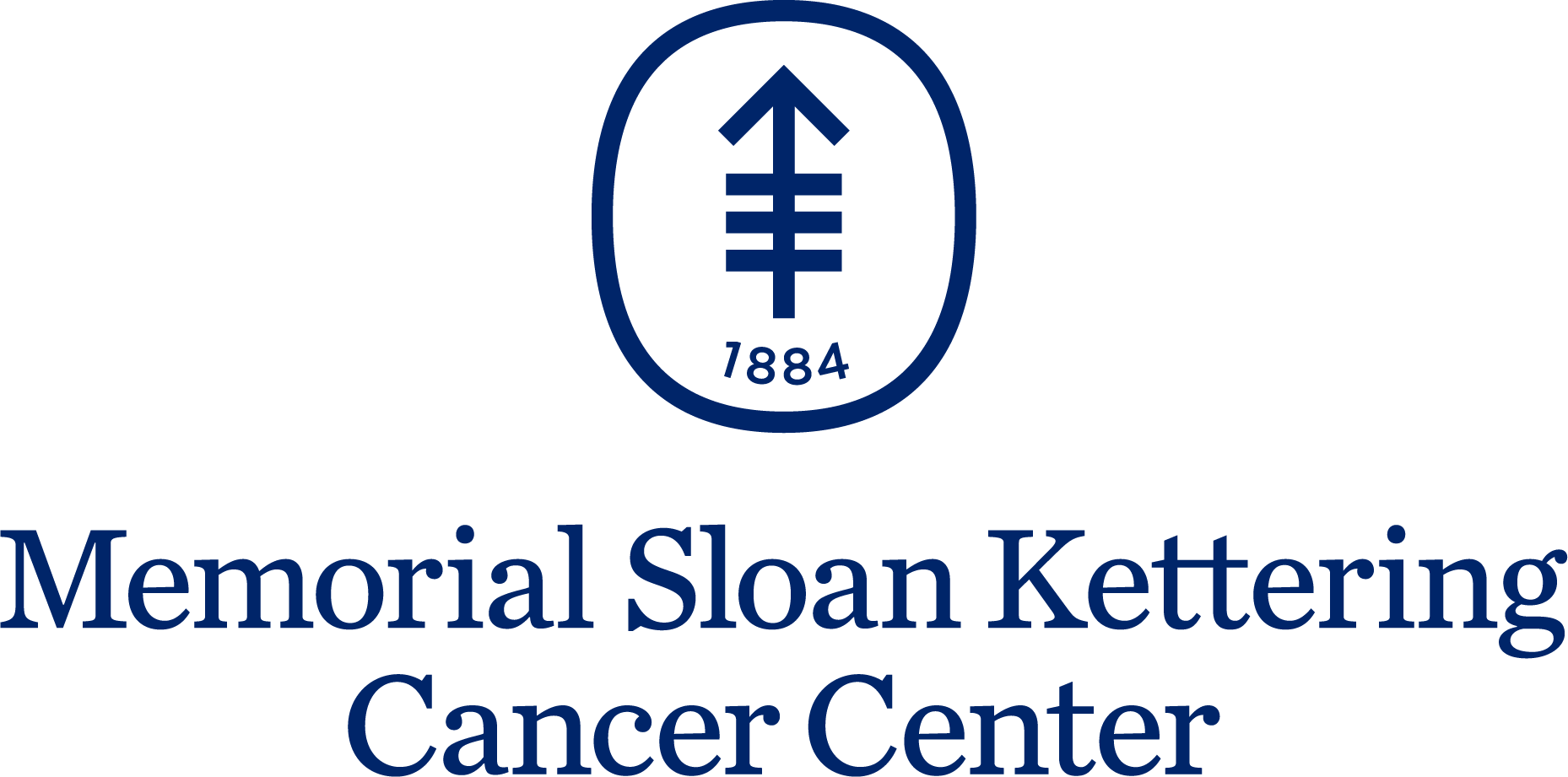
Memorial Sloan Kettering Cancer Center
Improved Timely Diagnosis of Acute Limb Ischemia in Cancer Center
Location: New York, New York | Category: "Big 3” Diseases
Acute Limb Ischemia (ALI) is caused by the sudden interruption of arterial blood flow to a limb-threatening the viability of the limb. It is a dreadful event with a high major amputation and mortality rate. Memorial Sloan Kettering Cancer Center is a tertiary cancer care center where 65% of ALI patients had a devastating outcome, including 31% of patients dying within 30 days. The problem is the diagnosis is often delayed and therefore treatment is delayed. IV anticoagulation is the first intervention that should be performed when ALI is diagnosed or suspected. In their patients, 64% of patients had heparin initiated ≥ 6 hours from presentation, with the ≥ 6 hours mark significantly associated with devastating outcomes. Their goal is to improve timely diagnosis of ALI demonstrated by initiation of heparin < 6 hours from presentation by improving pulse exams, establishing an alert mechanism, and development of a rapid response activation model.
-

NYC Health + Hospital/Harlem
Development of a Thyroid Nodule Dashboard to Coordinate and Accelerate Thyroid Cancer Screening at a Municipal Hospital
Location: New York, New York | Category: "Big 3” Diseases / Disparities-focused
With advances in Electronic Health Records, health care providers receive automatic reminders to order cancer screening tests. At the opposite end, hospitals maintain a cancer registry to follow patients diagnosed with cancer. But moving from screening to a confirmed cancer diagnosis relies on the patient participation in additional diagnostic testing. Unfortunately for patients with problems obtaining time off from work, or concerns about insurance, or unreliable transportation, additional testing can easily be delayed. In municipal hospitals, staff is limited and cannot always monitor timely at-risk patient appointment attendance to other professionals. NYC Health + Hospitals/Harlem will develop a single dashboard that all members of the diagnosis and treatment team can easily access to ensure patients are moving through the diagnosis and treatment process in a timely manner. We will also use the dashboard to identify potential roadblocks. For this project, they will study the process of screening thyroid nodules for thyroid cancer.
-

Oregon Health & Science University
Observational Study Assessing Efficacy of Neonatal Ammonia Sepsis Screening (NASS) In Oregon
Location: Portland, Oregon | Category: Other
The goal of this project is to assess efficacy of ammonia screening during neonatal sepsis work-up to detect inborn error of metabolism causing hyperammonemia, which when treated early, can prevent neurological damage and mortality.
-
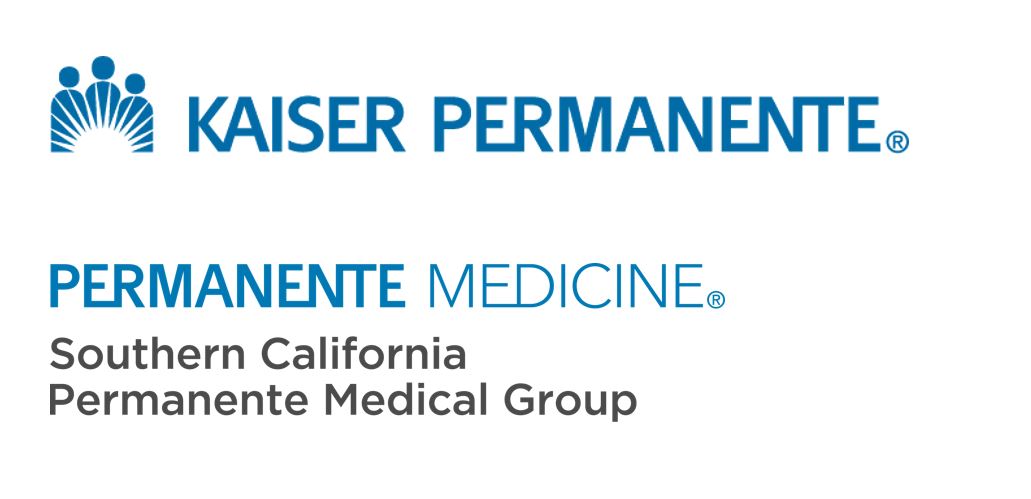 Southern California Permanente Medical Group
Southern California Permanente Medical Group
Using a Patient Appointment Preparation Guide – Does it Make a Difference?
Location: Pasadena, California | Category: Disparities-focused
The Patient Appointment Preparation Guide was developed by the Southern California Permanente Medical Group’s Diagnostic Excellence (DEx) workgroup to promote healthy patient-clinician communication. The guide incorporates strategies such as having patients write down their symptoms, preparing questions for their clinicians, and giving them other helpful reminders prior to an appointment. The objective of the research design and evaluation plan, developed in collaboration with patient advisors, is to gather feedback from patients and clinicians who have used the Patient Appointment Preparation Guide to understand if the guide is valuable, useful, and has resulted in greater engagement between patients and clinicians.
Prior to making the Patient Appointment Preparation Guide available to all Kaiser Permanente Southern California patients, the guide will be evaluated to address the following questions:
- Does the guide prepare patients for their appointment?
- Does the guide help clinicians have meaningful discussions with their patients that facilitate the diagnostic process?
-

University of Alabama at Birmingham
Quality Improvement Initiative to Increase Asthma Screening Among Children and Adolescents with Sickle Cell Disease Post-Hospitalization for Acute Chest Syndrome
Location: Birmingham, Alabama | Category: Disparities-focused
Acute chest syndrome (ACS) is the leading cause of death among children and adolescents with sickle cell disease (SCD) and is strongly associated with asthma comorbidity. ACS is defined as a new radiodensity on chest x-ray, accompanied by fever, hypoxia, dyspnea, and/or a drop in hemoglobin. Given the strong association between asthma and ACS, coupled with the high risk for recurrence, patients with SCD should be evaluated for underlying asthma closely following an ACS admission. The primary objective for this one-year QI project is to increase the ACS follow-up appointment show-rate among children and adolescents with SCD followed at the UAB pediatric sickle cell clinic by 15% employing a multimodal systems intervention involving an inpatient-to-outpatient transition nurse coordinator, education and communication standardization, and an appointment tracking database. This improved ACS follow-up will increase the screening, detection, and management of asthma, a leading contributor to SCD morbidity and mortality.
-
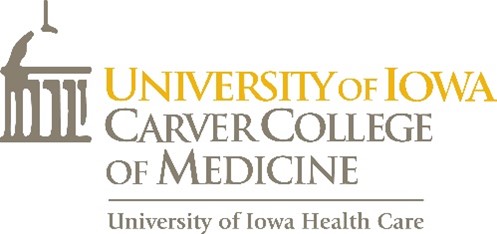
University of Iowa
Reducing Delays in Diagnosing Primary Immunodeficiency Through the Development and Implementation of a Clinical Decision Support Tool
Location: Iowa City, Iowa | Category: "Big 3” Diseases
Primary Immunodeficiencies are difficult to diagnose due to the variability of clinical presentation, knowledge gaps among providers, and a shortage of clinically trained immunologists. These delays lead to poor quality of life among patients, missed opportunities to prevent complications like infections and cancers, and increased costs to the healthcare system. The University of Iowa team will develop a clinical decision support tool to Identify patients at risk for undiagnosed primary immunodeficiencies. This tool will help patients navigate the health care system and obtain the care that they need in a faster and more appropriate manner.
University of New Mexico Health Sciences Center
Improving Sepsis Outcomes in Hospitalized Children Within a Safety Net Hospital
Location: Albuquerque, New Mexico | Category: "Big 3” Diseases / Disparities-focused
For this project, the University of New Mexico Health Sciences Center will implement a multi-pronged approach to improve identification, timeliness, and comprehensive treatment of pediatric sepsis for children. They will utilize a combination of electronic screening tools for rapid assessment and sepsis team huddles with scripted interactions to enhance provider-to-provider communication and shared medical decision-making for families. They will also implement clinical team training and standardized sepsis care sets in the electronic medical record to improve treatment outcomes. The intervention is designed to serve the hospital’s diverse pediatric population, which is particularly vulnerable to disparities caused by social determinants of health including poverty, language and ethnicity, rurality, and healthcare access. Parents, health literacy experts, and language interpreters will be involved as part of their Sepsis Workgroup to develop linguistically and culturally appropriate scripts/documents and to continually evaluate and adapt the program.
